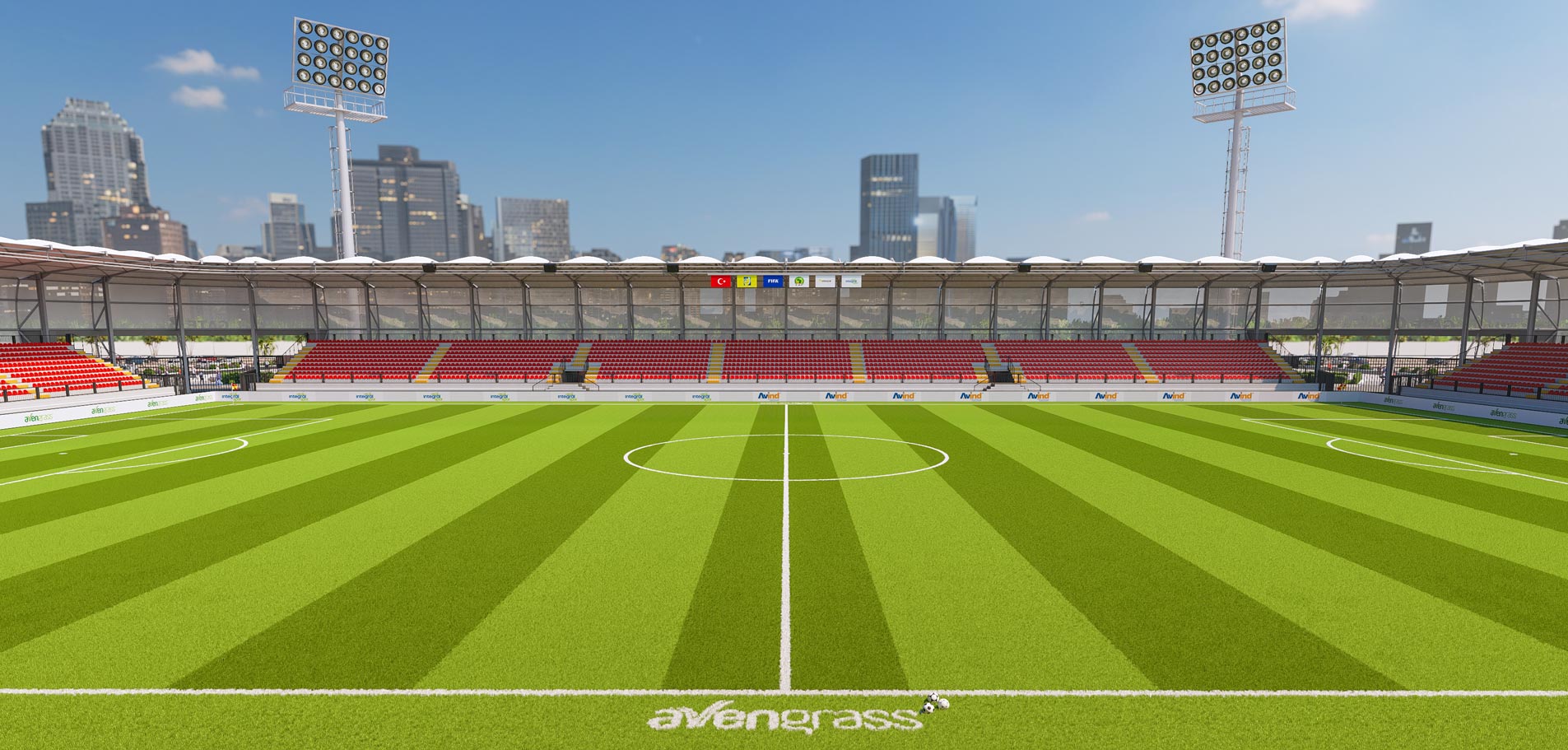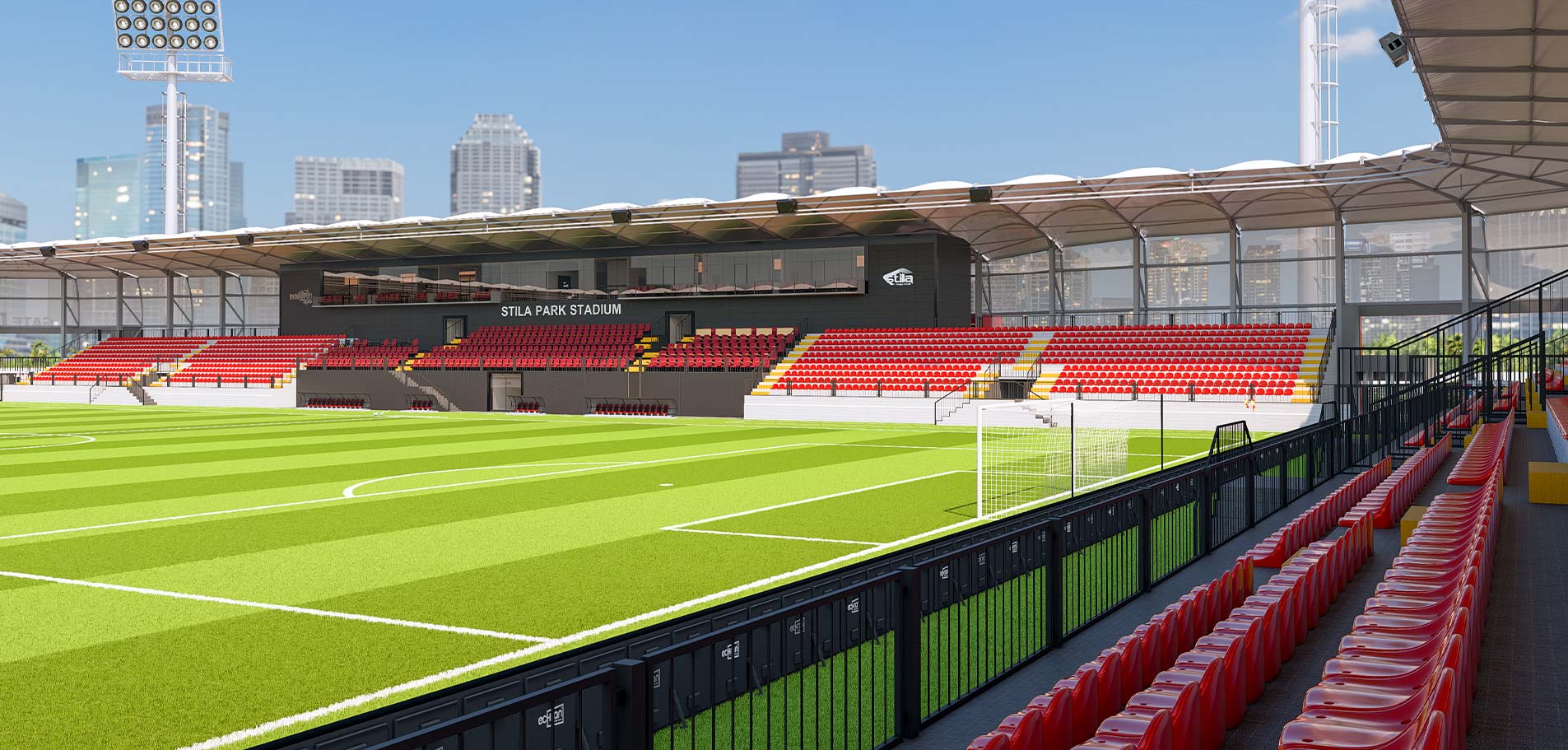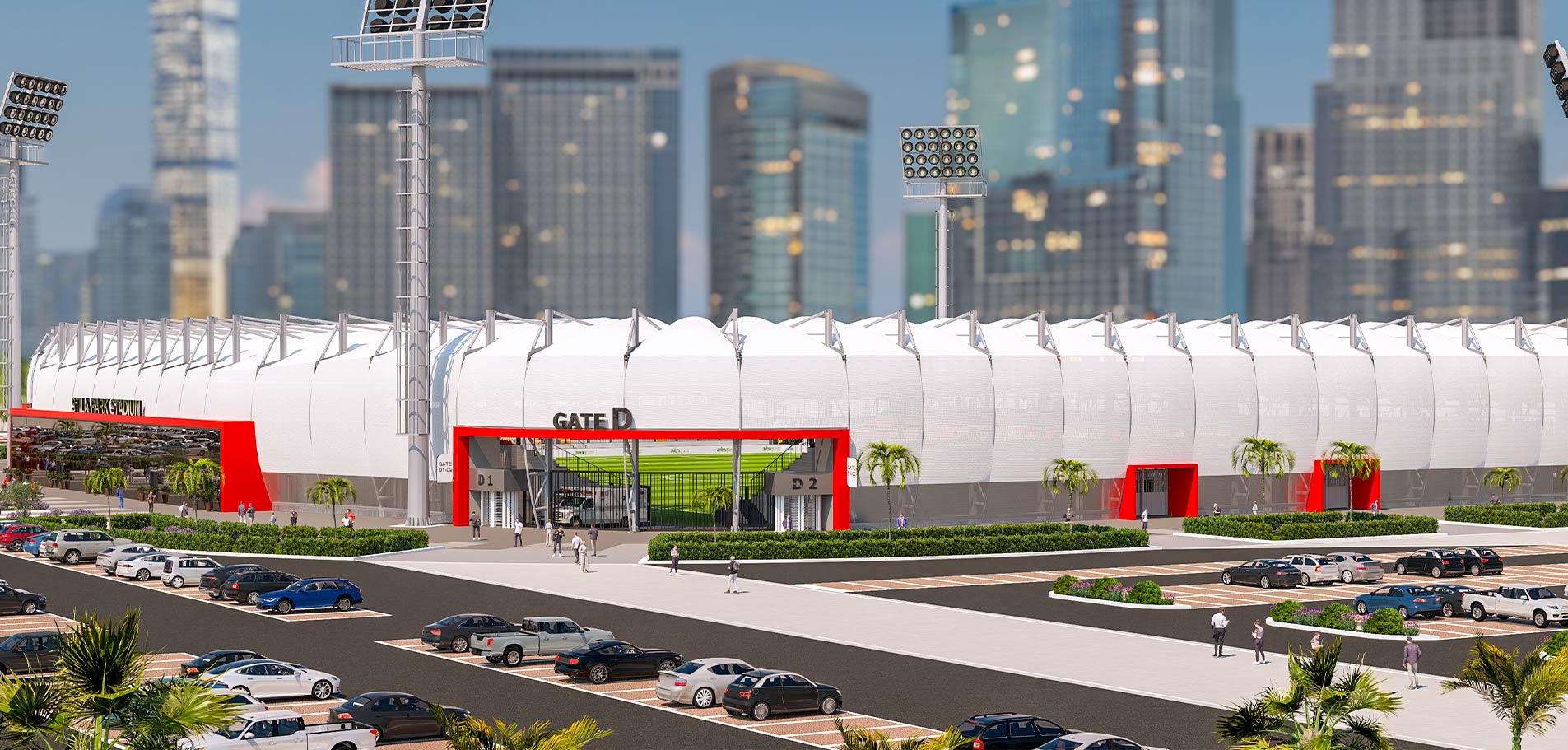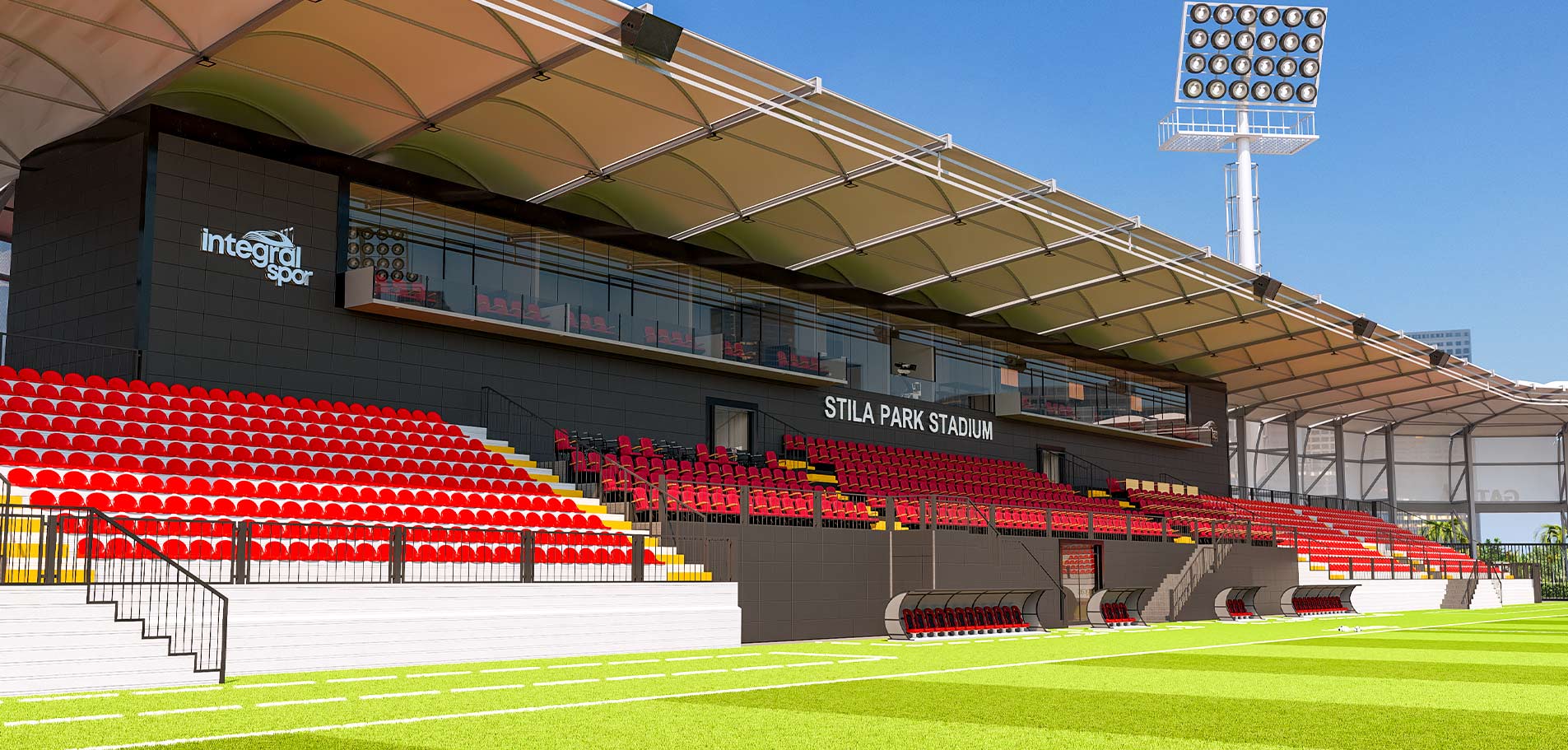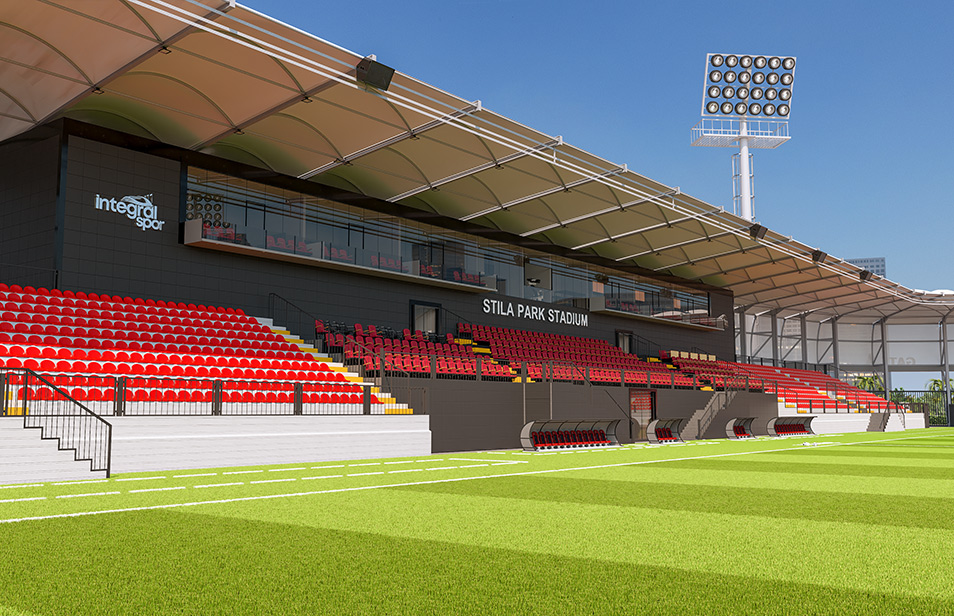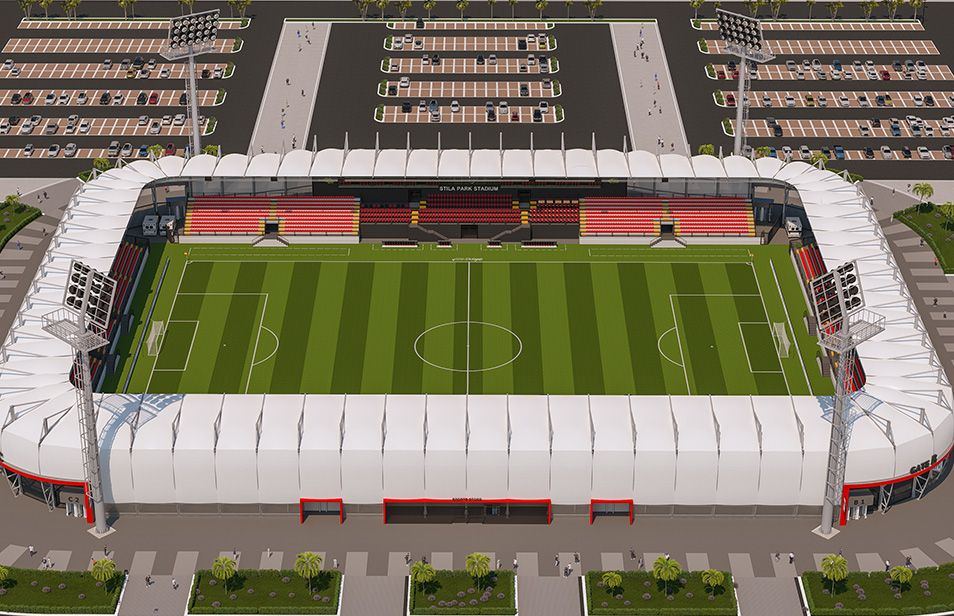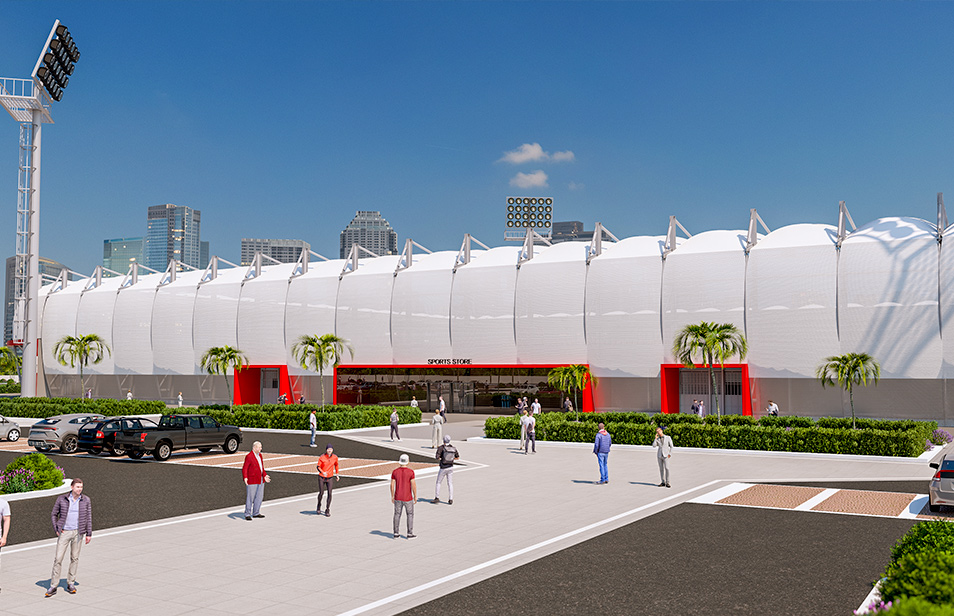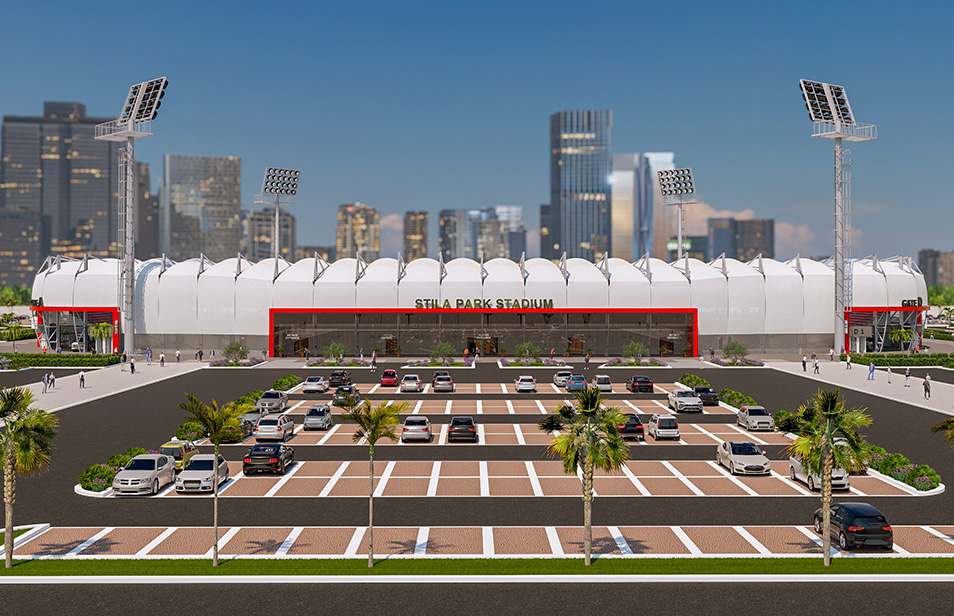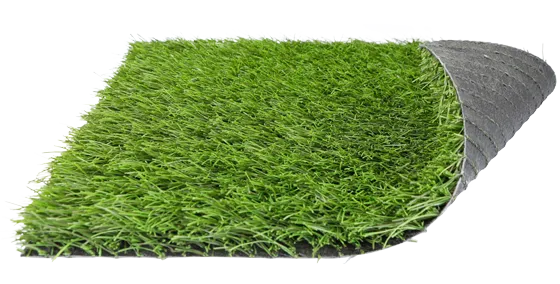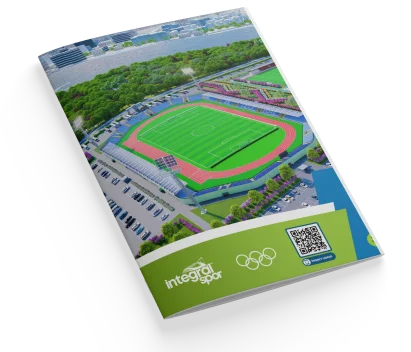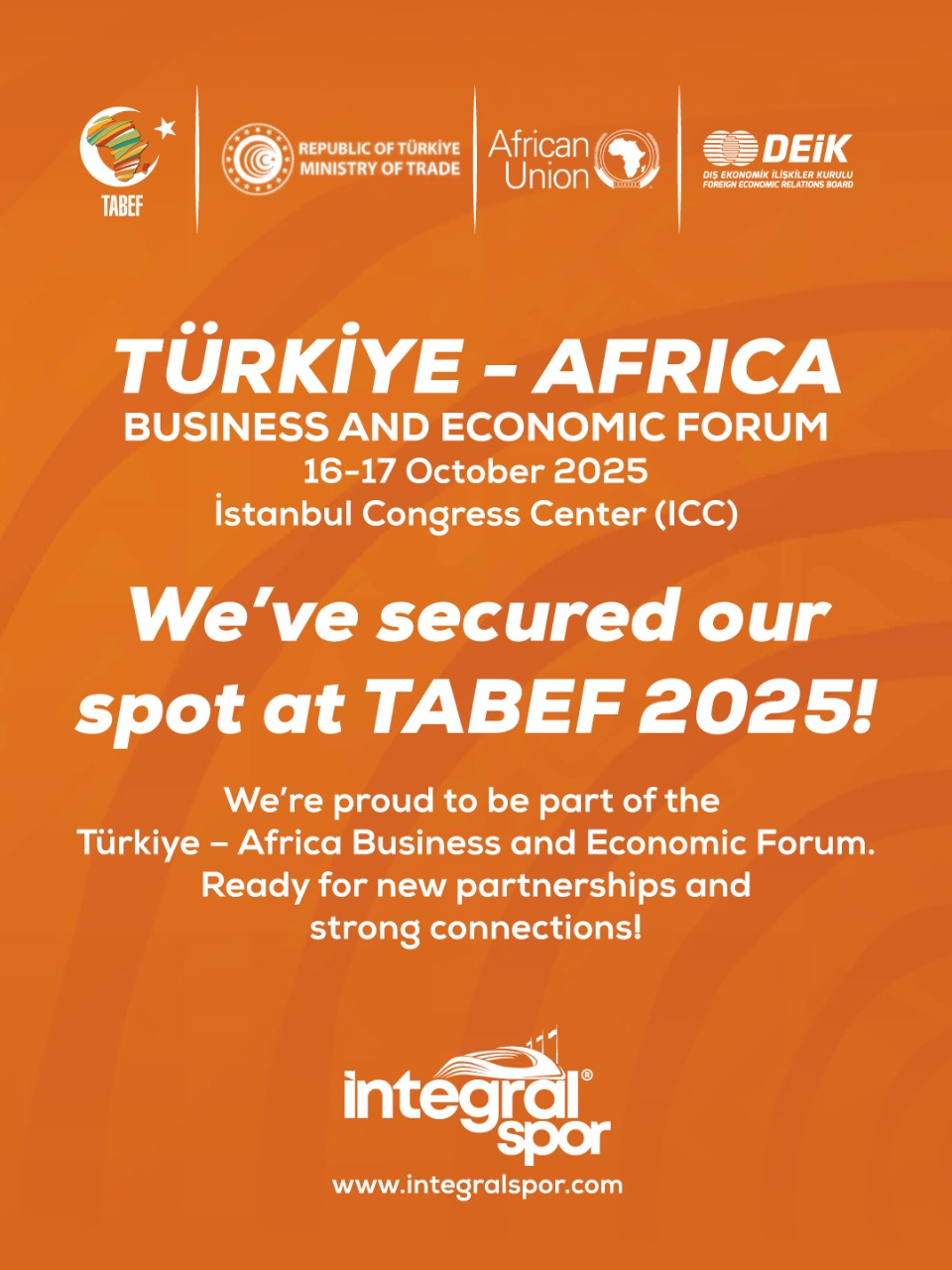Prime Arena
Our 6,000-person stadium project is being built with a high-strength galvanized steel grandstand, and a roof system designed to withstand calculated snow, rain loads, and wind effects. The decorative artificial grass material and workmanship in the area between the football field and the stands provide a professional environment for both spectators and players.
Our 6,000-person stadium project is being built with a high-strength galvanized steel grandstand, and a roof system designed to withstand calculated snow, rain loads, and wind effects. The decorative artificial grass material and workmanship in the area between the football field and the stands provide a professional environment for both spectators and players.
01
Seating & Spectator Experience
The stadium boasts 6,000 ergonomic seats with clear sightlines from every angle, ensuring uninterrupted viewing. A well-planned layout allows for safe, fluid crowd movement. VIP seating areas and press zones are integrated into the design, while accessible seating is provided for individuals with disabilities.
02
Architectural Excellence
Prime Arena’s architecture reflects contemporary design principles tailored for multi-purpose sports use. Its dynamic facade, covered stands, and modular infrastructure provide both visual appeal and operational efficiency. Built with durable and eco-friendly materials, the stadium complies with international safety and environmental standards.
03
Advanced Technical Infrastructure
Equipped with high-performance LED floodlights, sound systems, and semi-automatic digital scoreboard, the stadium ensures a high-tech matchday experience. The scoreboard displays match stats, scores, and visuals in real-time, enhancing both broadcast and on-site viewing.
04
Safety & Accessibility
Designed with international safety codes in mind, Prime Arena includes emergency evacuation systems, fire-resistant materials, and clearly marked exits. It’s fully accessible, with ramps, elevators, and wide circulation areas for wheelchair users and individuals with mobility needs.
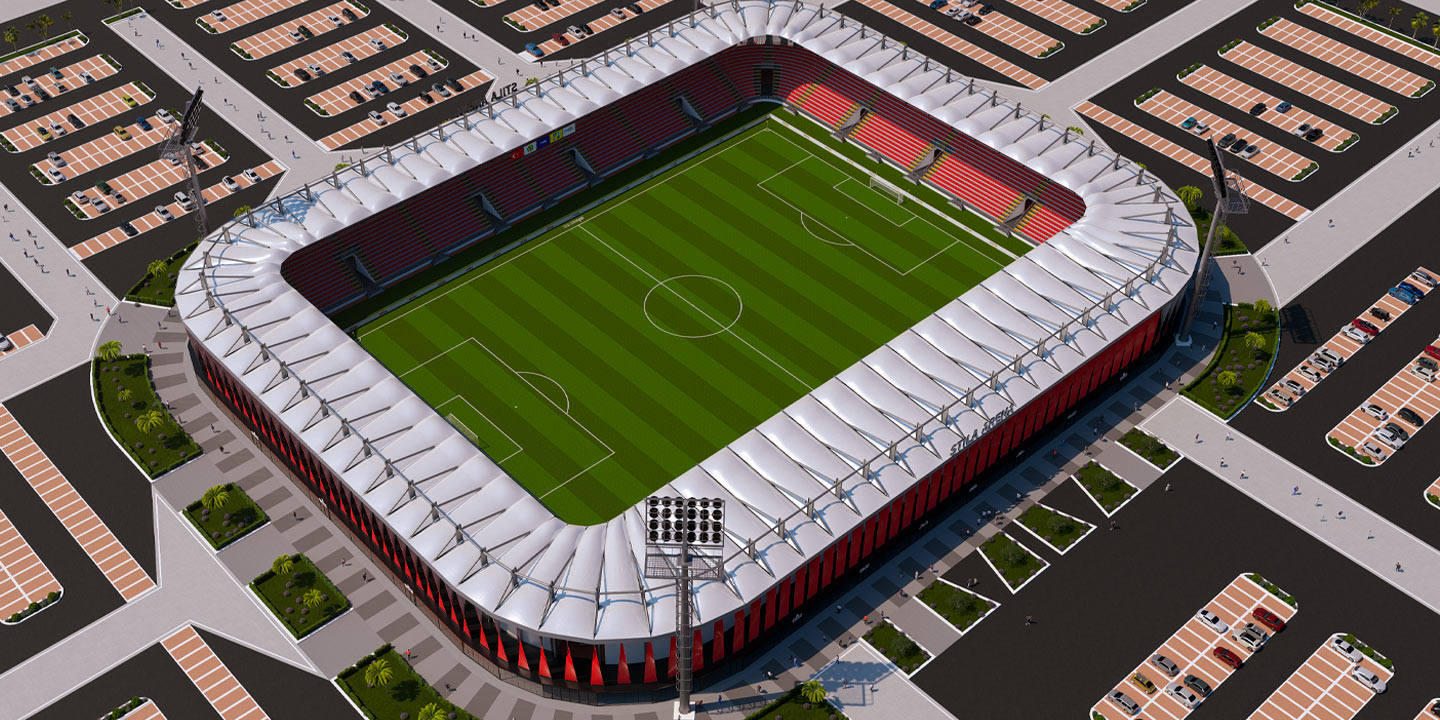
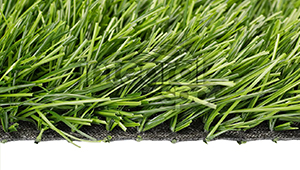
Artificial / Hybrid Grass
Durable, low-maintenance turf with pro-level playability.
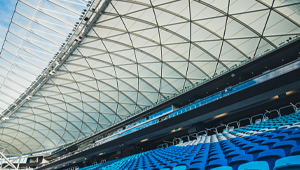
Premium Roof Structure
Weatherproof and architecturally sleek roofing.

Car Parking
Safe, spacious parking for smooth event access.
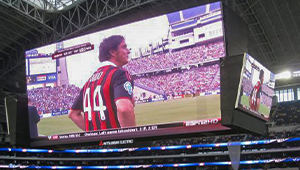
LED Scoreboard Screen
High-resolution LED displays for dynamic visuals in all conditions.
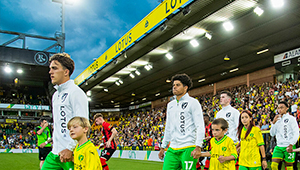
LED Lighting System
Energy-efficient lighting for optimal visibility and night-time performance.

Perimeter LED Screen
Dynamic perimeter LEDs for real-time ads and maximum visibility.
Used Products
INTEGRAL SPOR
Frequently Asked Questions
1. What are FIFA's requirements for a standard stadium?
The requirements set by FIFA include that the stadium complies with safety standards, that there are stands of the right size and height, that the football field is of appropriate dimensions and that there is an artificial grass surface to be used in international matches.
2. What type of artificial turf is usually used in a 6,000 seats stadium?
A stadium with a capacity of 6,000 seats stadium usually uses artificial grass and hybrid grasses such as Super C, Super V and PowerGrass that comply with FIFA standards. These grasses are made of synthetic materials that provide a durable, smooth and suitable surface for the game of football.
3. What are the overall dimensions of the stadium with a capacity of 6,000-seat stadium?
The dimensions of a 6,000-seat stadium can vary, but are usually within the standard football pitch dimensions of 105 metres long and 68 metres wide. The pitch, surrounded by stands, is usually designed to fit these dimensions.
4. How long does it take to build a 6,000 seats stadium?
The construction time for a stadium depends on many factors, but in general a 6,000-seat stadium can take between 6 and 12 months to build. This time can vary depending on project size, financing, complexity of construction and local regulations.
5. How much does it cost to build a 6,000 seats stadium?
The cost of building a 6,000 seats stadium can vary depending on many factors. These factors include the location of the stadium, the quality of the materials used, technological features, the availability of additional facilities and local construction costs. In general, the cost of building a 5,000-seat stadium can be in the millions of dollars. For more information: +90 (212) 678 13 13










